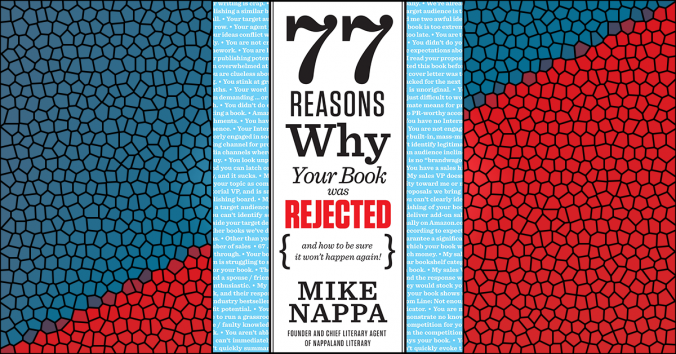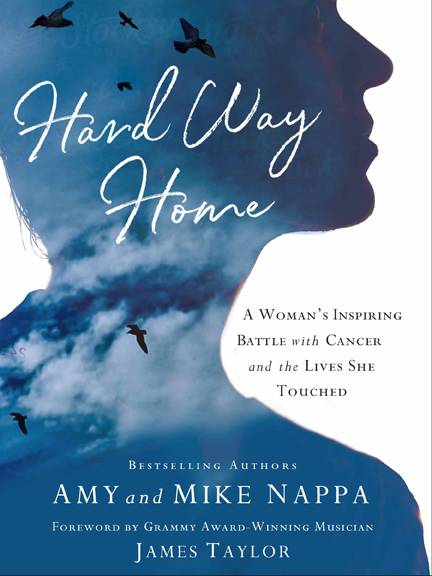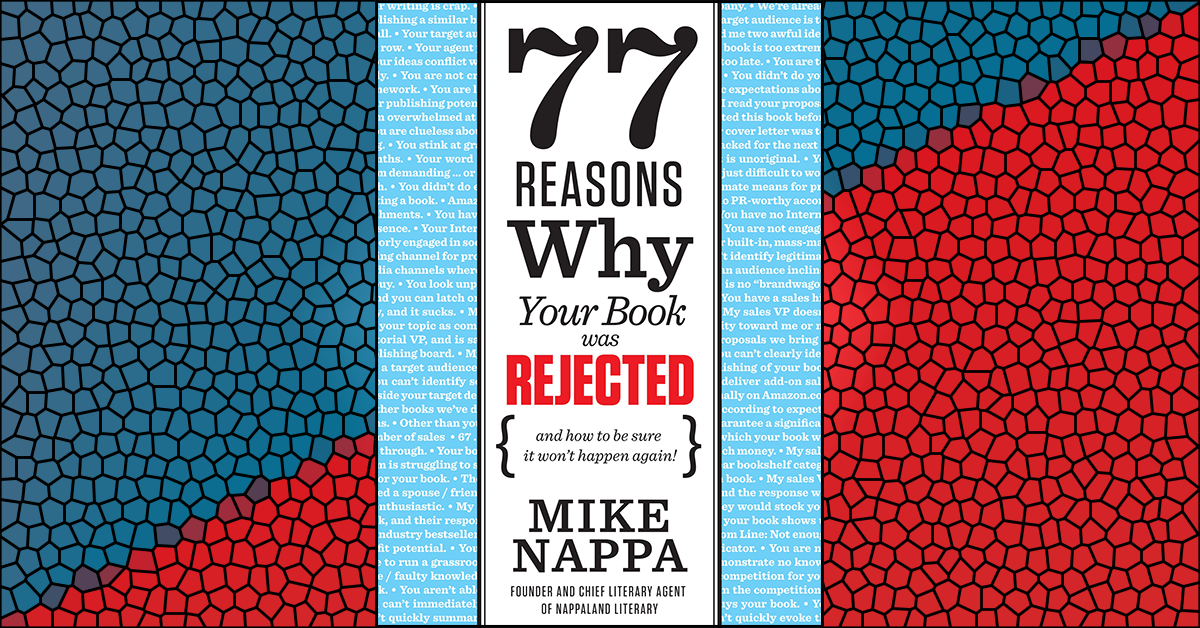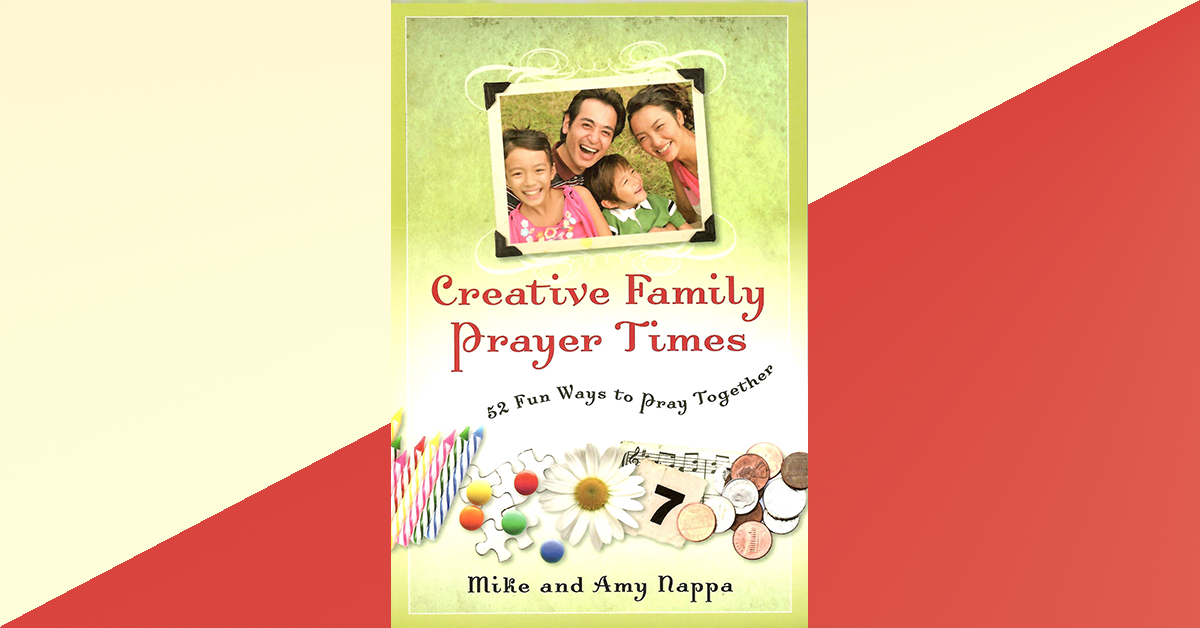A Sales Team reason for rejection
Megan Tingley, senior vice-president and publisher of Little, Brown Books for Young Readers, blames J.K. Rowling and Stephanie Meyer.
“Harry Potter and Twilight,” she says, “created a market for hardcover series with more complex, substantive storylines where readers could live in the world a bit longer. I think people came to want something different out of their reading experience, and it became more about depth than speed.”
Of course, series have been popular for a long time (Lord of the Rings or Narnia anyone?) But recent statistics bear out Tingley’s observation of a renewed interest in this publishing strategy. For instance, at the time of this writing, an overwhelming 73% of the bestselling juvenile books are part of a larger series of books. And, of related interest, 91% of romance novel readers say they are “likely to seek out an author’s previously published titles after reading a novel from an author they like,” while 89% of general readers also say they “make a special effort to look for other books by the same author.”
This potential for series books can play a factor in non-fiction acquisitions (for instance, when pitching this book to publishers, I also included a few ideas for sequels). However, not many non-fiction books are first acquired as series books. Typically, with non-fiction, a publisher wants to know that a series could happen—but isn’t terribly interested in making a series until after that first book takes off in the marketplace.
Fiction, however, is a different story—particularly mystery, romance, and sci-fi/fantasy novels. When I acquired suspense novels, I routinely looked for series potential as a part of my evaluation process. Other editors do the same.
“When we bring an author’s proposal or manuscript to acquisition,” says Stephanie Lurie, editorial director of Disney-Hyperion Books for Children, “often sales will ask if there are more, and we’ll sign them up as a series from the beginning.”
This is not to say that a single, stand-alone novel can’t sell—of course, they’re published every day. But it does say that, especially for fiction writers, the potential for a series of successful novels can be an attractive element when my Sales VP takes a look at your proposal.
Something to think about.
What You Can Do About It
1. Think in threes.
I’m speaking mainly to novelists right now. After you’ve come up with a great idea and written that “next great American novel,” don’t assume your work is all done. Before you send out your proposal to an agent or an editor, think ahead a bit and create a short (one-page or so) summary for two more novels that could start a series based on your original book. Think in terms of a trilogy with continuing characters and/or unique, continued settings that somehow all tie together.
Include those additional book summaries with your proposal, and point out that you are both willing and able to create this as a series for your publisher, or to at least give that publisher the “option of first refusal” on any additional books based on the original. If your original is strong, the prospect of future series potential will be an attractive selling point for any Sales VP.
2. And for nonfiction writers…
It never hurts to also think about future possibilities to capitalize on the unmitigated success of the book you’re currently pitching. You don’t have to go into as much detail about future books in your series as a fiction writer would, but you should at least come up with two or three possible titles and subtitles for books that could be follow-ups to the original one.
Go ahead and list those in your proposal under a heading like, “Series Potential” or “Possible Future Books in a Series.” It may not actually help your chances of selling the original book (most nonfiction sells as single-book contracts), but it can’t hurt. And it may come in handy as a reference when you’re book hits a bestseller list after publication.
3. Keep an “ideas” list somewhere on your computer.
Some authors think they have to write fully every idea they dream up. That’s not true. I personally have over a hundred unused ideas just sitting around on my computer, waiting to be plucked out and created. This well of unused ideas has become a source of many successes for me (including this book). Imagine if I’d never taken the time to jot these things down?
So, whenever you have an idea for a new book, don’t judge it right away. Simply jot yourself a few notes about it and then forget about it. Keep adding to your idea well whenever a new idea pops into your creative little brain. Then, when it’s time to think about series-izing your next proposal, go back and re-read some of your forgotten ideas on file. Who knows? There may be something there that adapts well to be book #2 or #3 in a potential new trilogy.
Looking for more? Check out these links:









